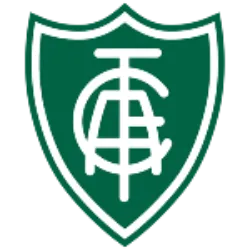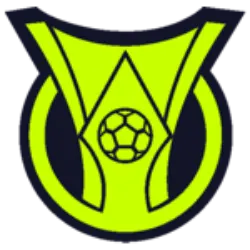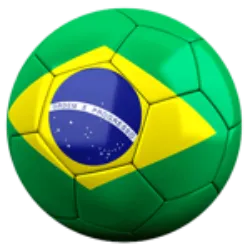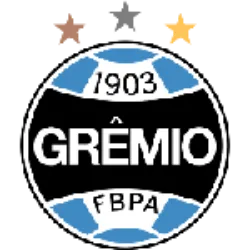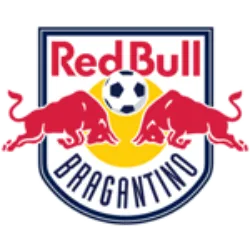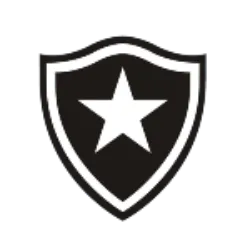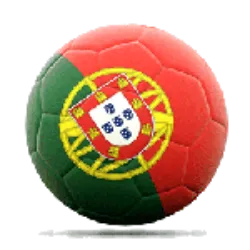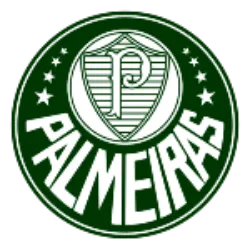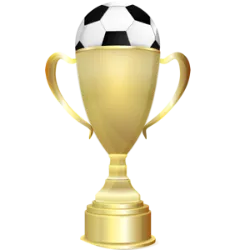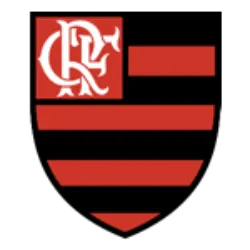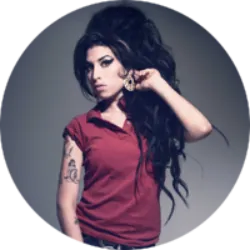Despite being often called “América Mineiro” so as not to
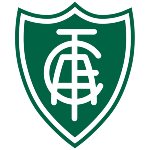
Despite being often called “América Mineiro” so as not to be confused with the other “Américas” of Brazilian football, the club, unlike rival Atlético, does not carry “Mineiro” in its official name: its baptism is just América Futebol Clube. . América was the first team to be founded by a black man: Geraldino de Carvalho was among the young men who founded the club on April 30, 1912.
America's name and colors were chosen by lot

America's name and colors were chosen by lot. On April 30, 1912, the girl Alda Meira, sister of one of the founders, took the little paper with the name América Foot-Ball Club, which later had the spelling changed. The same process was used to define green and white as the team colors. The year after the foundation, the black of the shorts also became part of the team's official colors.
Test yourself with one of these challenges 👇
Discover some interesting facts about América mineiro
América Mineiro ended up in the Guinness Book of Records

América Mineiro ended up in the Guinness Book of Records for being the first football team to be champions ten times in a row. Between 1916 and 1925, the Belo Horizonte team won every edition of the Campeonato Mineiro. In total, there are 16 Minas state titles. Coelho still has, among his main achievements, 2 titles in the Brazilian Championship Series B (1997 and 2017) and one in the C Series (2009). A little later, in 1928, América applied the biggest defeat in the history of the Campeonato Mineiro: 14 x 0 over Palmeiras de Minas Gerais.
Known for its green and black colors

Known for its green and black colors, América played in red throughout the 1933 season. It was a protest against the professionalism of football: Americans believed that the sport should remain amateur.
América

América was the first team from Minas Gerais to send a representative to the Olympic Games. In 1936, runner Juvenal dos Santos – athlete from América who had been state and national champion – participated in the Berlin Games, in Germany.
The club's mascot, the rabbit

The club's mascot, the rabbit, was designed by the cartoonist Fernando Pierucetti, known as Mangabeira, in 1945. The cartoonist was also responsible for the mascots of Atlético and Cruzeiro. The curious thing is that he initially designed Donald Duck as America's mascot. The fans did not like it and forced the change.
In Belo Horizonte

In Belo Horizonte, América Futebol Clube Fans' Day is celebrated on the date of foundation of the team from Minas Gerais, April 30th. Bill 1707/08, authored by councilor Hugo Thomé (PMN), was sanctioned in September 2008.
Test yourself with one of these challenges 👇
HOME
